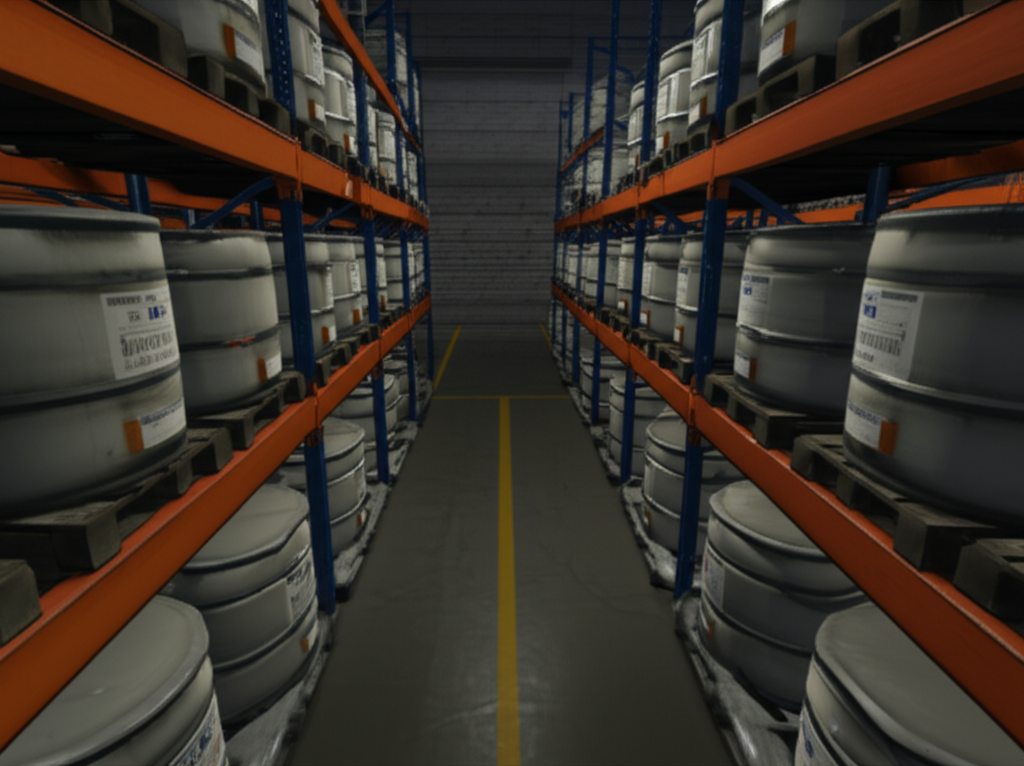Ion exchange resins are a cornerstone technology in modern industrial processes, offering unparalleled solutions for separation, purification, and decontamination. These remarkable materials are essentially insoluble polymer matrices, typically appearing as small, porous microbeads, usually white or yellowish. They function as a medium for a reversible chemical reaction known as ion exchange, where undesirable ions are removed from a solution and replaced with other ions of a similar electrical charge.
The effectiveness of ion exchange resins stems from their carefully engineered structure. Most commercial resins are crafted from crosslinked organic polymers, such as polystyrene or polyacrylate. The crosslinking provides mechanical robustness and influences the resin's properties, while specialized functional groups are chemically bound to the polymer matrix. These functional groups are the active sites responsible for attracting and exchanging ions. Resins are broadly classified into four main types based on their functional groups: strong acid cation (SAC), featuring sulfonic acid groups; weak acid cation (WAC), characterized by carboxylic acid groups; strong base anion (SBA), incorporating quaternary amino groups; and weak base anion (WBA), which include primary, secondary, and/or tertiary amino groups. Beyond these, specialized chelating resins exist, designed for the selective removal of specific metal ions.
The working principle is elegant in its simplicity. As a liquid stream, such as water, passes through a bed of ion exchange resin beads, the functional groups on the resin selectively attract and bind ions from the solution that have an opposing charge and a stronger affinity. In return, the loosely held ions already on the resin are released back into the solution. This process continues until the resin's exchange sites become saturated with the target contaminants. At this point, the resin must be regenerated, a critical step that reverses the ion exchange reaction. A concentrated regenerant solution (acid, caustic, or salt) is flushed through the resin bed, displacing the bound contaminant ions and restoring the resin’s original exchange capacity for reuse. Factors like capacity, selectivity, swelling, kinetics, and stability are crucial in determining a resin’s optimal performance and lifespan.
The applications of ion exchange resins are vast and diverse, touching nearly every aspect of industrial and municipal infrastructure. In water treatment, they are indispensable for softening hard water by replacing calcium and magnesium ions with sodium, thereby preventing scale buildup in pipes and equipment. For highly demanding applications, ion exchange plays a vital role in producing ultrapure water required for the electronics, pharmaceutical, and nuclear industries by removing all dissolved ions. They are also critical in wastewater treatment for removing hazardous heavy metals like lead, mercury, and chromium, as well as nitrates, sulfates, and even fluoride, ensuring compliance with environmental regulations and safeguarding public health.
Beyond water purification, ion exchange resins are fundamental in numerous industrial processes. They are extensively used in metal separation and purification, including the extraction of valuable elements like uranium, rare earth metals, and precious metals. In catalysis, acidic and basic resins serve as solid acid catalysts in various organic synthesis reactions, offering advantages like easy separation and reduced environmental impact. The food and beverage industry utilizes these resins for juice purification, removing bitter components and improving flavor, and in sugar manufacturing for decolorization and purification to produce clear syrups. Furthermore, in the pharmaceutical sector, ion exchange resins are employed for purifying active pharmaceutical ingredients, taste-masking bitter drugs, and creating controlled-release formulations. Emerging applications even include their use in direct CO2 capture from ambient air, highlighting their adaptability and environmental significance.
Choosing the right ion exchange resin is paramount for optimizing performance and achieving desired purification levels. As a leading ion exchange resin manufacturer, NINGBO INNO PHARMCHEM CO.,LTD. offers a comprehensive portfolio of high-quality ion exchange resins designed to meet stringent industrial demands. Our expertise ensures clients can buy ion exchange resin products that offer superior selectivity, optimal capacity, and excellent stability, providing cost-effective and sustainable solutions. For detailed specifications, pricing, and purchase inquiries for a reliable ion exchange resin supplier, we encourage consultation to select the ideal product for your specific needs, ensuring efficiency and long-term value from your investment.

Manufacturing Facilities






Professional Export Experience
to Global Customers

1. 20 years of R&D, manufacturing and sales experience, serving customers in 60 countries and regions around the world;
2. Own R&D laboratory, pilot platform and large-scale production workshop, which can meet the audit requirements of global customers;
3. We can satisfy customers' perfect transition from small scale lab requirements (gram level) to commercialization requirements (hundred tons level).
A: We don't have Minimum Order Quantity, exact quantity should be provided before quotation for us to calculate the exact cost.
A: We don't provide free samples due to lots of request and expensive international courier's cost, we can deduct the sample charge after commercial order placed.
A: Our payment terms: Small or sample order: T/T IN ADVANCE. Commercial order: First order should be by T/T IN ADVANCE or L/C at sight, and following orders T/T 30~90days is acceptable subject to approval of credit application.